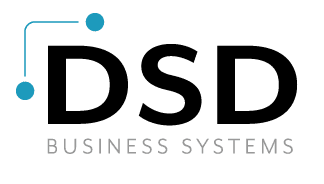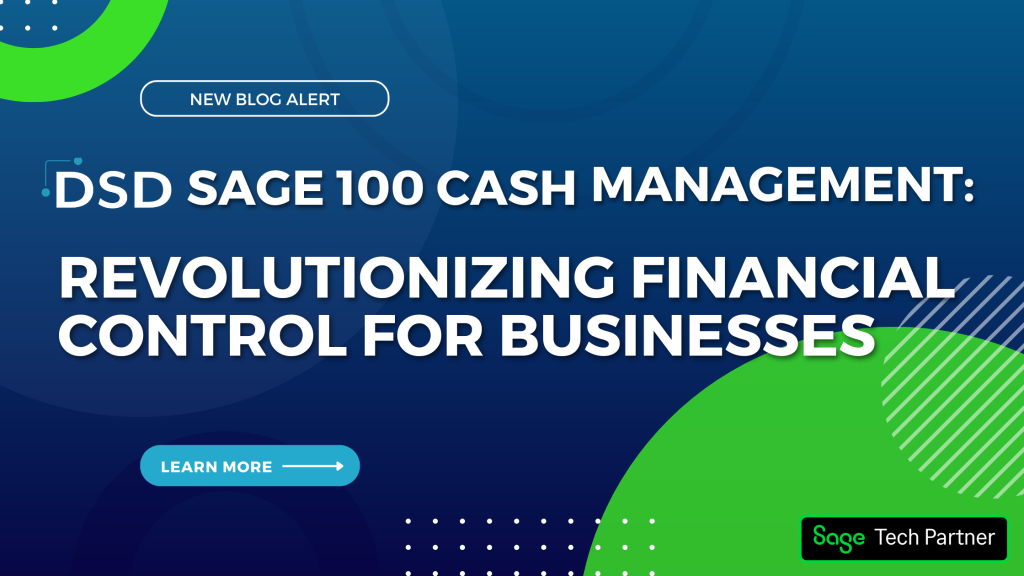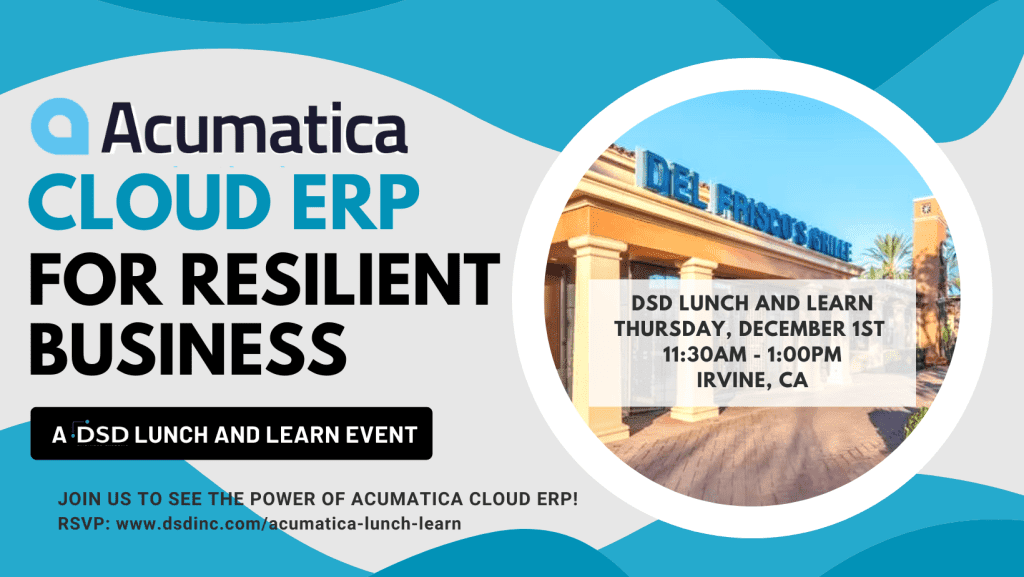How to Effectively Work With a Sage 100 ERP Development Partner
October 21, 2014

In my previous blog post, “How to Select a Sage 100 ERP Development Partner”, I provided some valuable tips to consider when selecting a developer to work with. The second blog in this series focuses on how to effectively work with the Sage 100 ERP Developer. Below are a few things you should know to effectively gain the most out of this relationship.
- The Solution May Already Exist! – It’s possible that the solution you’re looking for (a) may already exist as a standard feature in Sage 100, (b) may be accomplished by using Custom Office, or (c) may already exist in the form of a Sage 100 ERP enhancement by another Sage Developer. Before you contact your Sage 100 ERP developer, make sure to check and see if the solution already exists. Do your research. If you’re not sure, then check with your developer and ask them if they know if the solution already exists.
 Speak the Same Language – Generally speaking, software developers are very technical, and may communicate in a way that is unclear to you or an end-user. This is especially evident when you engage in the analysis and design process. If you have a developer that speaks both languages (technical and non-technical), then the process should go smoothly. The design specification will be technical enough for a programmer to understand and non-technical enough for an end-user to understand. Work with your developer on this communication and over time you will both speak the same language.
Speak the Same Language – Generally speaking, software developers are very technical, and may communicate in a way that is unclear to you or an end-user. This is especially evident when you engage in the analysis and design process. If you have a developer that speaks both languages (technical and non-technical), then the process should go smoothly. The design specification will be technical enough for a programmer to understand and non-technical enough for an end-user to understand. Work with your developer on this communication and over time you will both speak the same language.
- Use Custom Office – Work with your developer on using Custom Office as a starting point in the design of a custom solution. If the reseller or end-user can accomplish a portion of the solution by creating UDFs, UDTs, UDSs, and screen changes through Customizer, then incorporate this into the design specification, the overall project cost will decrease.
 Clarify Expectations and Design Specifications – The most common pitfall in custom programming is that the end-user doesn’t quite understand the design specification. They will just assume that it’s correct and sign off on it. Why would the end-user make this assumption? Because they assume that the developer was given the correct information, and that they understand the requirements. Before you sign off on that specification, take a little extra time to make sure that it matches the end-user’s expectations. Don’t be afraid to have a conference call between the end-user and the developer to discuss the final proposal.
Clarify Expectations and Design Specifications – The most common pitfall in custom programming is that the end-user doesn’t quite understand the design specification. They will just assume that it’s correct and sign off on it. Why would the end-user make this assumption? Because they assume that the developer was given the correct information, and that they understand the requirements. Before you sign off on that specification, take a little extra time to make sure that it matches the end-user’s expectations. Don’t be afraid to have a conference call between the end-user and the developer to discuss the final proposal.
- Cost of Ownership and ROI – Most important, before meeting with your Sage 100 ERP Developer to discuss the design and cost of a solution, find out how important the solution is to the end-user. Calculate the number of hours saved each year by having the solution in place, and how much money the user will save in the first two years of having the solution. This will give you an idea of how much the user should spend on the solution (their budget). Finally, when you approach your Sage 100 ERP Developer, describe the solution needed and ask for a “ballpark” price. Compare that price to the budget, and decide if further discussions are even necessary.
DSD Business Systems has been a Sage Development Partner, commonly referred to as a “Master Developer”, for the past 25 years. DSD currently has over 350 Enhancements to Sage 100 ERP and has created thousands of custom solutions for end-users around the world. We have had the privilege of working with hundreds of Sage consultants, resellers, and end-users to produce powerful custom solutions that enhance the functionality of Sage 100 ERP.
To learn more about DSD Business Systems Enhancements and Custom Programming, please contact us at info@dsdinc.com.
Written by Jon Reiter, Chief Software Engineer at DSD Business Systems

























